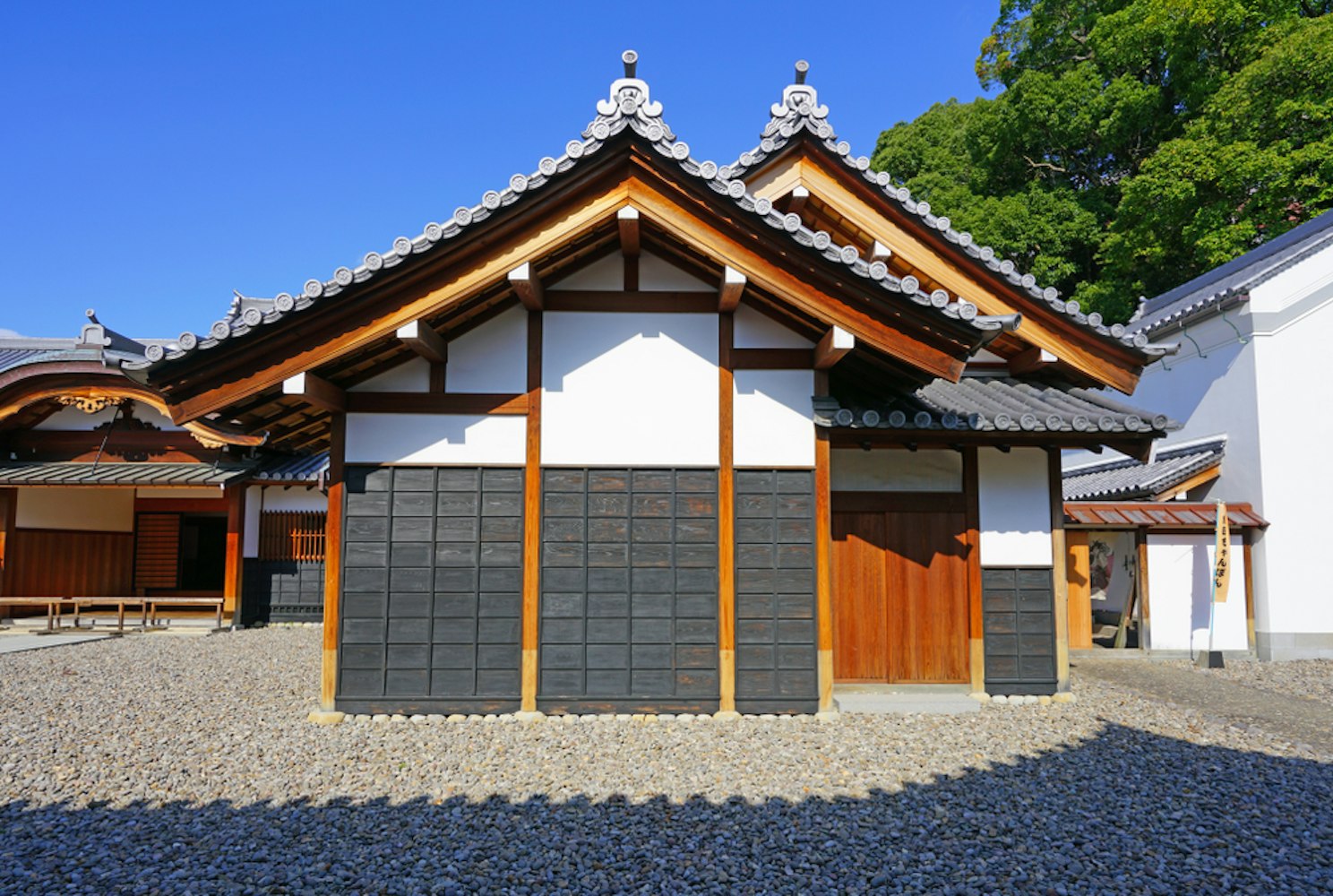

Nagasaki, a city rich in history and culture, offers a unique blend of the past and present. For first-time travelers, this destination provides a deep dive into moments that shaped Japan and the entire world.
From the sad memorials of the atomic bomb to vibrant festivals and picturesque landscapes, Nagasaki is a city of contrasts that leaves a lasting impression. Discover why Nagasaki should top your travel list with these essential experiences.

Discover the remarkable history and resilience of Nagasaki on an unforgettable self-guided audio tour.

The Nagasaki Atomic Bomb Museum is a poignant reminder of the atomic bombing that occurred on August 9, 1945. This museum offers detailed exhibits on the events leading up to the bombing, the impact of the blast, and the aftermath.
Visitors can explore artifacts, photographs, and personal stories that highlight the resilience of the people and the city's recovery.

Nagasaki Peace Park epitomizes the city's dedication to world peace with its iconic Peace Statue and tranquil surroundings for reflection. Located near the hypocenter of the atomic blast, the park is close to Hypocenter Park and hosts the annual Peace Memorial Ceremony.
A visit to Nagasaki is incomplete without spending time at the Peace Park, which symbolizes the city's hope for peace. The park, adorned with camphor trees and memorials for atomic bomb victims, offers a space for contemplation and remembrance.

Discover the vibrant heart of Nagasaki in a 3-hour personalized walking tour.

The Atomic Bomb Hypocenter Park in Nagasaki marks the exact spot where the atomic bomb detonated on August 9, 1945. A striking black stone column signifies the hypocenter, surrounded by a peaceful park filled with cherry blossom trees and memorials.
This site is part of a larger complex that includes the Nagasaki Peace Park and the Nagasaki Atomic Bomb Museum, offering visitors a poignant reflection on the devastating impact of the atomic bomb and the city's path to recovery. Today, the park stands as a symbol of hope and resilience, with vibrant greenery contrasting sharply with the past destruction, serving as a testament to nature's ability to regenerate and the city's commitment to peace.

Glover Garden is an open-air museum showcasing Western-style mansions from the Meiji era. This UNESCO World Heritage site provides stunning views of Nagasaki Bay.
It offers insights into the lives of foreign residents, especially the influential Scottish merchant Thomas Glover. Visitors can explore beautifully preserved historic buildings and scenic landscapes.

The Nagasaki Museum of History and Culture delves into the city's rich history and showcases artifacts from the Edo period when Nagasaki was Japan's sole gateway to the outside world. Exhibits include items from the Dutch trading post and Chinese traders, reflecting the city's significant international influences.

Oura Cathedral, also known as Oura Catholic Church, is Japan's oldest existing church, constructed in 1864 by French missionaries. It is designated a national treasure and was the first Western-style building to receive this status in Japan.
The church commemorates the 26 Christian martyrs who were executed in Nagasaki in 1597. Located in the former foreign settlement of Nagasaki, Oura Cathedral is a significant historical and cultural site, symbolizing the resilience of Japanese Christians who kept their faith hidden during periods of persecution.

Sanno Shrine is notable for its surviving torii gate, which remained standing after the atomic blast. The gate symbolizes resilience and hope.
This site provides a peaceful retreat and a connection to Japan's spiritual traditions.

Shinchi Chinatown, the oldest in Japan, is lively, with vibrant shops, restaurants, and historical sites. This bustling district offers a unique glimpse into Nagasaki's rich cultural tapestry.
Take advantage of the Nagasaki Lantern Festival, an annual event in which the city is illuminated with thousands of lanterns. The festival celebrates the Chinese New Year and adds a magical atmosphere to the town.

Discover the rich flavors of Nagasaki on this exciting culinary adventure.
Nagasaki's culinary delights are a highlight for any visitor. Try the Sara Udon, a local noodle dish generously topped with seafood and vegetables.
Another must-try is the Castella Cake, a delicious sponge cake introduced by Portuguese traders. These dishes offer a unique taste of Nagasaki's rich food culture.
Plan Your Visit Around Key Sites: To understand the city's historical significance, visit the Nagasaki Atomic Bomb Museum, Peace Park, and Glover Garden.
Experience Local Festivals: Time your trip to coincide with the Nagasaki Lantern Festival or other local events to enjoy the city's vibrant culture.
Utilize Public Transport: Nagasaki Station is a central hub that provides easy access to most attractions. Consider purchasing a day pass for the streetcar to explore the city conveniently.
Explore Beyond the City: Take a cable car up to Inasayama Park for panoramic views of Nagasaki or visit nearby sites like the Dutch Trading Post and the picturesque Mount Inasa.
Respect the History: When visiting memorials and museums related to the atomic bombing, maintain a respectful demeanor to honor the victims and the significance of these sites.
Nagasaki is a city where history, culture, and modernity blend seamlessly. From the solemn reminders of its past at the Nagasaki Atomic Bomb Museum and Peace Park to the vibrant life in Chinatown and the scenic beauty of Glover Garden, there is no shortage of things to do in Nagasaki.
Whether you're delving into its rich history or enjoying the local cuisine and festivals, Nagasaki offers a profound and enriching travel experience that every first-time visitor should cherish. Make sure to add Nagasaki to your travel list for an unforgettable journey through time and culture.

Explore Nagasaki like never before on this full-day private walking tour.



